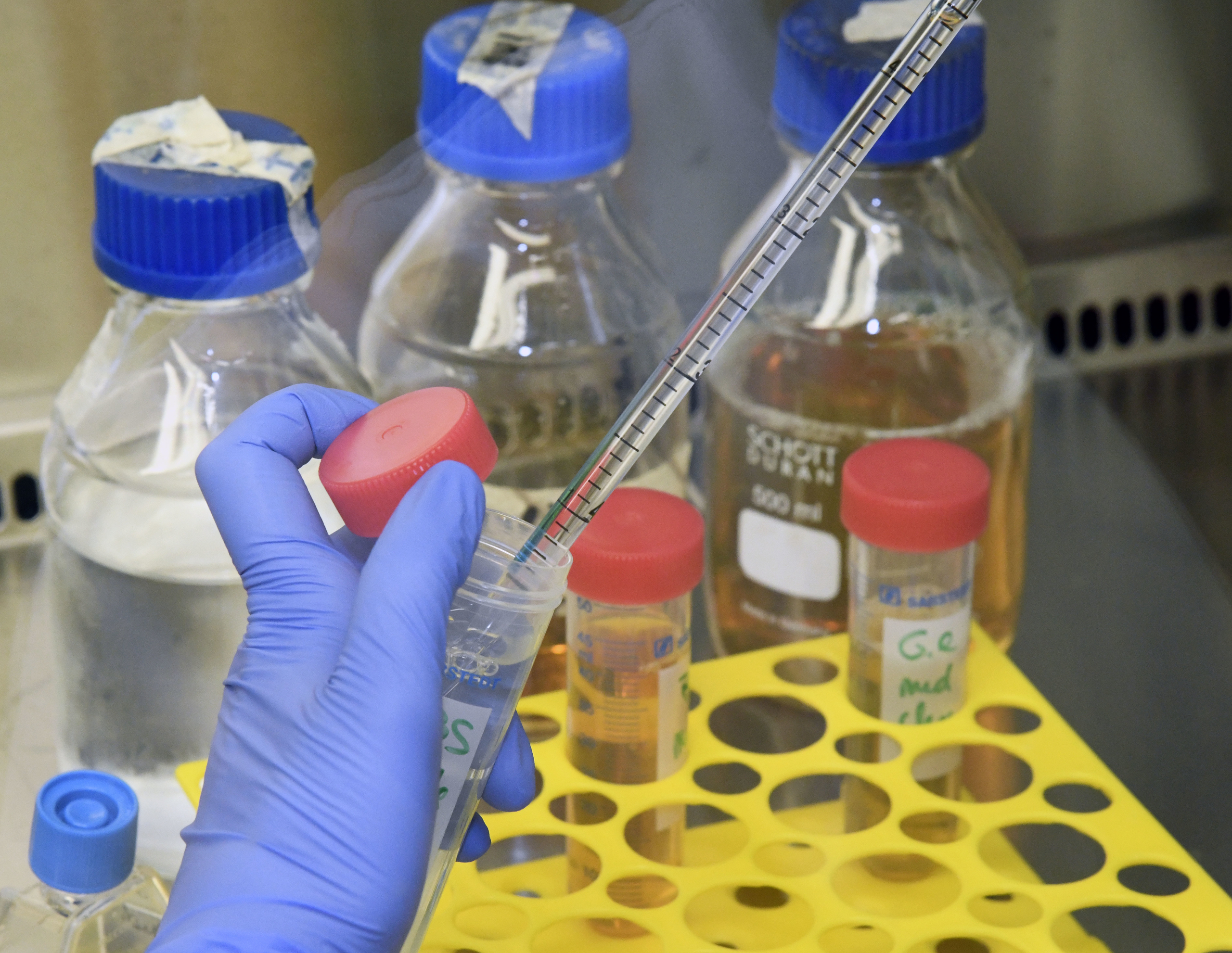
© Heiko Barg
A06E: A physiologically-based model of bile acid metabolism
Project A06 is ending after the first funding period.
The enterohepatic circulation of bile acids involves multiple physiological processes ranging from synthesis in the liver to microbial metabolism in the intestine.
Alterations in bile acid composition at different body sites might be indicative of physiological changes relevant to liver and metabolic disease development. The pathological causes underlying changes in bile acid composition are however difficult to track due to the complex nature of bile acid bioavailability. Moreover, specific bile acid metabolites may differentially accumulate in various body tissues resulting in significant differences in bile acid pools.
To mechanistically investigate the gut-liver axis with respect to bile acid metabolism, our project follows a computational systems biology approach.
In this project we will
- establish a computational model for bile acid metabolism in humans and mice
- quantify mass flow along the gut-liver axis to validate the model
- use the validated model to track changes in bile acid composition and gut microbiota of patients following liver transplantation or transjugular intrahepatic portosystemic shunts (TIPS) treatment.
The computational model will support a mechanistic understanding of bile acid metabolism and greatly help screening for parameters underlying specific pathophysiological alterations to identify patients at risk for complications.
